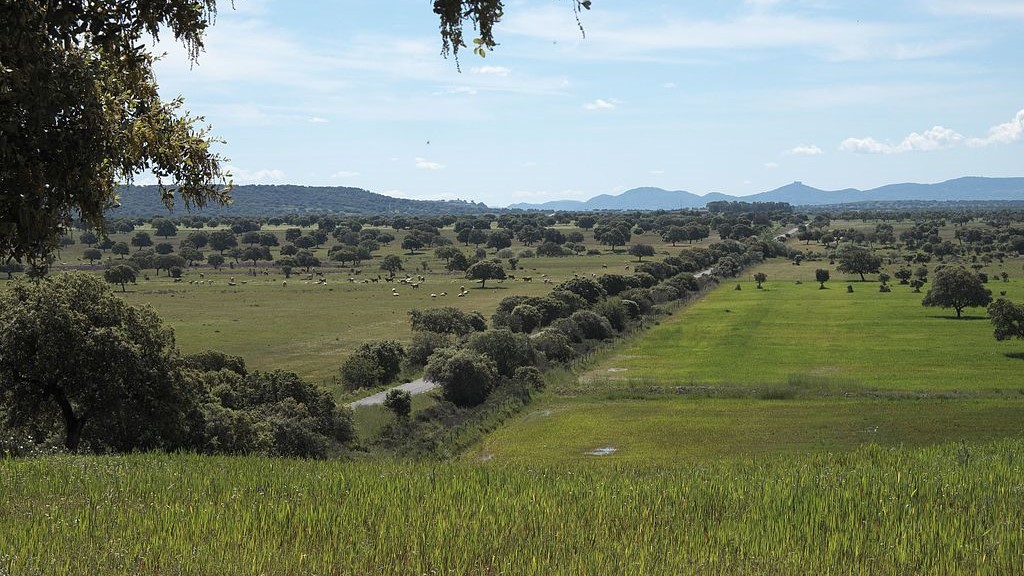Fast urbanisation is a phenomenon often associated with the image of African or Asian mega-cities, but migrations from rural to urban areas are also a European phenomenon (see the growth experienced by large capitals such as London and Paris, but also smaller ones such as Stockholm and Copenhagen). And according to United Nations forecasts, the urbanisation trend will continue, with an estimated 2.5 billion people added to the world’s urban population by 2050.
The first question that comes to mind is whether urbanisation triggers economic growth, and therefore should be favoured by policy-makers, as suggested by eminent scholars such as Ed Glaeser (The Triumph of the City: How Our Best Invention Makes Us Richer, Smarter, Greener, Healthier, and Happier, 2011) or Richard Florida (The Rise of the Creative Class, 2002).

Although this relationship is overall positive, the paradigm has been challenged with respect to African mega-cities: their urbanisation rate takes off in periods of growth but it does not immediately decrease in periods of recession. As cities continue to grow in size, but fail to grow in GDP per capita, their inhabitants experience falling income levels, ultimately leading to falling living standards (Fay and Opal, 2000).
If we look at Europe, urbanisation without growth does not appear to be an issue when countries are the units of analysis. But the national dimension could be concealed by the success stories of the large capitals, with less clear success stories for middle-sized declining cities. Net of the big successful capitals, many cities that thrived during the post-war period are now struggling, with clear economic, social and political consequences.
Our work, to be presented at the Economic History Society’s 2019 annual conference, contributes to the debate by looking at this relationship for the first time at the regional, rather than national level, using urbanisation rates and GDP per capita in EU regions in the twentieth century. The regional dimension makes it possible to disentangle the effects of urbanisation from the effects of being the capital’s region.
Our main findings are that the relationship between urbanisation and growth is positive and significant until the middle of the twentieth century, while it is not significant in recent years. We therefore observe a progressive decoupling of regional urbanisation and economic growth. The effect on growth of the presence of the capital in the region is very large: between 60% and 70% of that of urbanisation until the mid-twentieth century.
When looking at macro areas, both Southern Europe and Northern Europe show no statistically significant relationship between urbanisation and economic growth, suggesting that regions containing urban areas without the status of capital do not necessarily grow more than regions without such urban areas.
This is consistent with the idea of a ‘winner-take-all urbanism’ presented by Florida (The New Urban Crisis, 2017) in which there is a growing divide between the winner cities (London, New York, Paris, San Francisco) and the rest.
In the winner cities, the middle class, the service class and the working class are priced out by highly paid creative workers. In the rest of the cities, where creative workers are not based, the middle class declines without being replaced by the new rich.
Our results are relevant for policy-makers as they challenge the view that urbanisation per se is a strong channel for economic growth regardless of the period and geographical area considered.
This research was presented at the Economic History Society’s Annual Conference in Belfast, April 5th – 7th 2019.
This article was first published in the Economic History Society’s ‘The Long Run’ blog on 11 March 2019. You can find the original article here.





